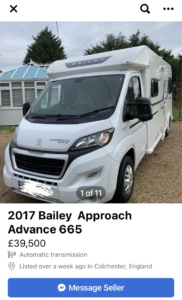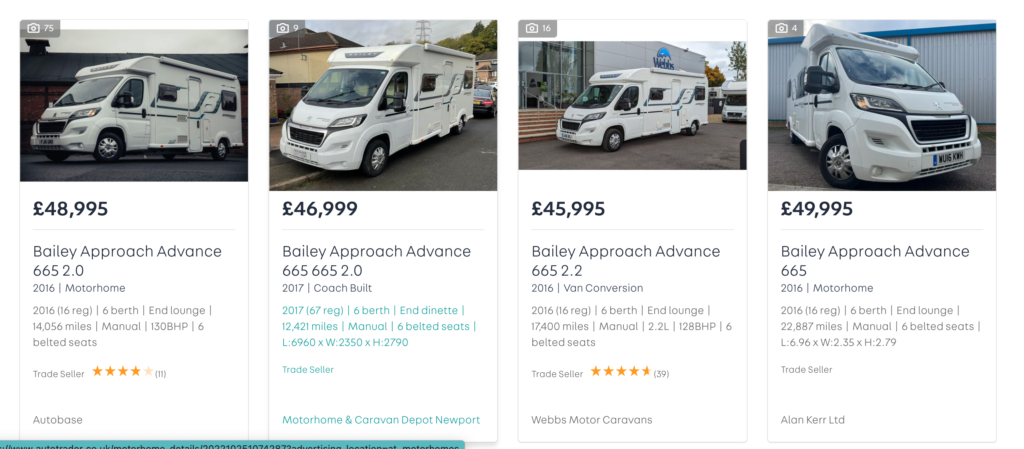On the face of it, winter touring seems a bit daunting. Short days, cold weather and dangerous driving conditions all sound off-putting. However, maintaining your leisure vehicle’s health, cheaper rates at caravan sites and the opportunity to visit some of the UK’s most beautiful spots without the bustling summer crowd are good enough reasons for us to hit the road.
Luckily, caravan specialists, Ropers, have rounded up the best places you can head off to this winter. The list features some of the UK’s most scenic destinations, stunning coastlines, beautiful countryside and picturesque villages – this is, perhaps, the ultimate opportunity to get your Christmas card photos sorted for the foreseeable future. Let’s just hope for some snow!
Devon
The south-west corner of England is renowned for its beauty and, come winter-time, it often becomes the perfect getaway spot. Not only does it boast some of the most idyllic beaches and coastline in the country, but Devon is also home to quaint and magical villages, harbour towns and sheltered coves.
Dartmoor is a must when it comes to touring in Devon. The national park’s rugged landscape and time-worn castles attract visitors from across the world. On top of that, Devonians are renowned for their rich food and drink culture and it might interest you to know the oldest working gin distillery in the world lies within the county. If sampling cream tea and having the choice between two different coastlines sounds like a bit of you, then Devon could be your perfect winter destination.
Cornwall
When you think of Cornwall, pictures of sandy beaches probably come straight to mind. You’d be brave to take the surfboard out across the British winter months, although a refreshing dip in the Atlantic isn’t completely out of the question. However, there’s far more to Cornwall than the coastline.
Take in some Cornish culture at the iconic Tate St Ives gallery, where you can see the work of renowned British artists. Newquay is known for the beauty of Fistral and Watergate Bay beaches, which are perfect for long walks with the family – just don’t forget the brolly! Cornwall is home to plenty of delicacies, such as world-famous pasties, Cornish Yarg cheese and pilchards, which have been fished locally since the 18th century.
The Lake District
Turning our attention to a destination that is far more likely to get snowfall, we’re heading north. Rugged terrain, tranquil lakes and bustling market towns make the Lake District a winter destination straight from the movies. We can’t think of many getaways that can provide better scenery and you might be inclined to photograph the snowy peaks, or head along popular walking trails like Aira Force, Rydal Water and Catbells to soak up the winter sun.
Cumbrian heritage and culture is rich and vibrant. There are plenty of opportunities to visit historic houses, museums and art galleries, as well as The Lakes Aquarium in Newby Bridge, where you can catch a glimpse of piranhas and otters. The Lake District sees lots of winter events each year, including Christmas markets and light switch-ons, making it a perfect destination for a chilly adventure.
Photo credit: Erik Mclean / Pexels






